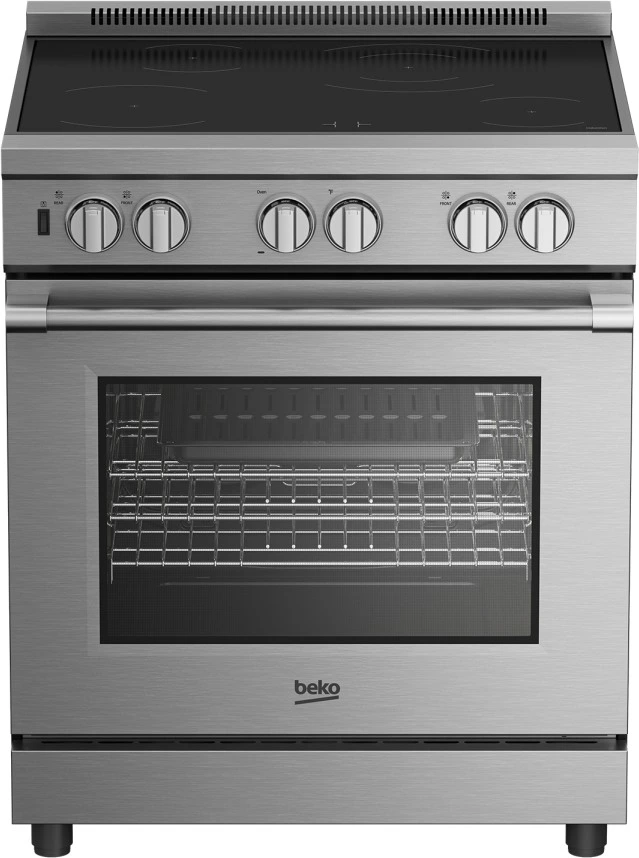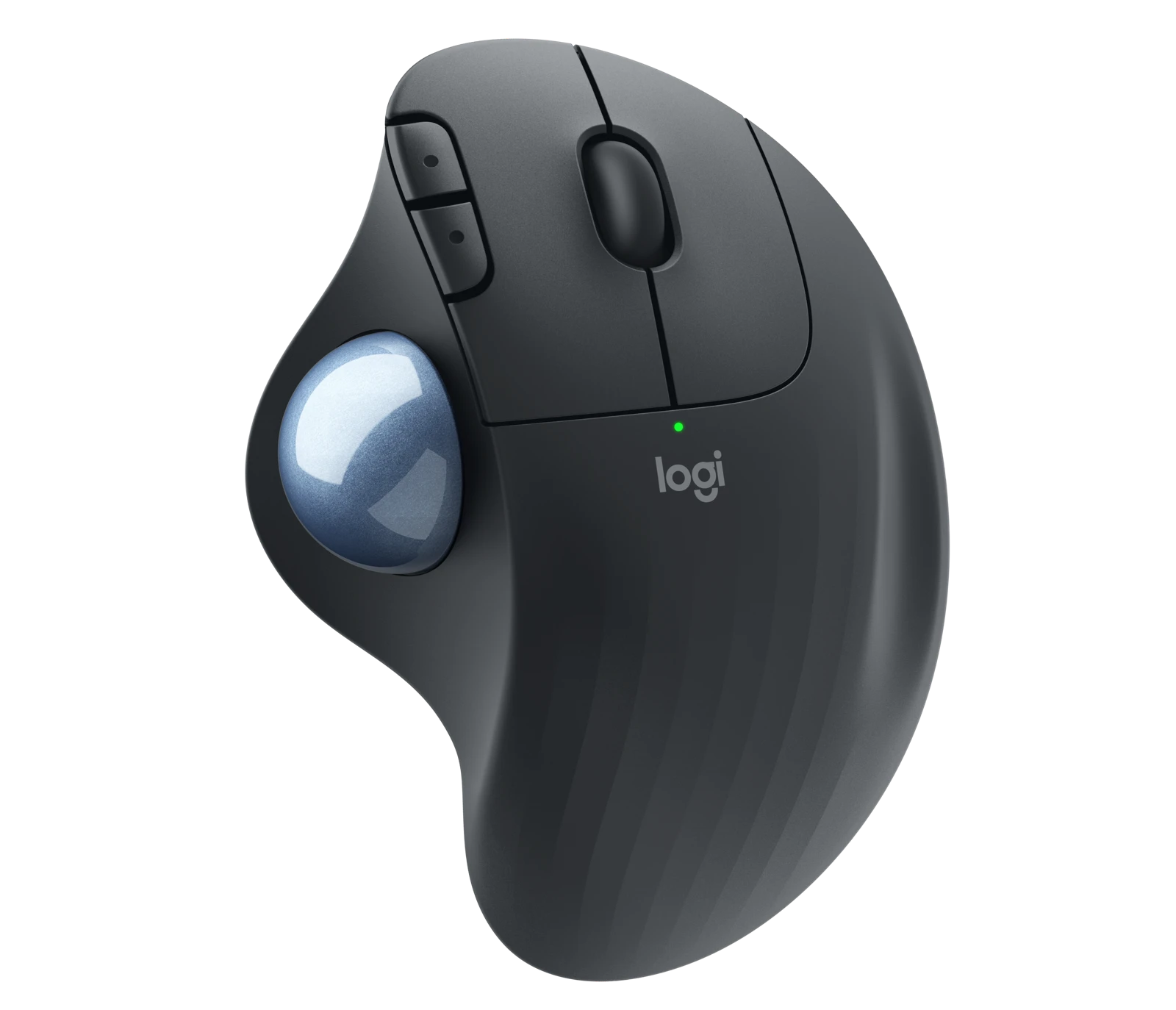High utility product recommendations
Last updated December 6, 2023
Inspired by Sam Bowman, a list of consumer products I derive a ton of benefit from. I recommend them if your preferences are at least vaguely similar to mine.
Kitchen
Breville Control Freak – $1500 (curently $1200)
 The best stove burner, induction or otherwise. Bad news first: it’s really expensive! Good news: it’s so good you’ll be ruined for other burners and stoves. This product is the reason I wanted to make this list. At its heart, the Control Freak is “just” a normal plug-in induction burner with one key difference: there’s a pan temperature sensor built in, and you control the burner by directly setting the pan’s target temperature.
The best stove burner, induction or otherwise. Bad news first: it’s really expensive! Good news: it’s so good you’ll be ruined for other burners and stoves. This product is the reason I wanted to make this list. At its heart, the Control Freak is “just” a normal plug-in induction burner with one key difference: there’s a pan temperature sensor built in, and you control the burner by directly setting the pan’s target temperature.
In most (all?) other stoves/burners, your control adjusts the power output of the burner: flame size / amount of gas / power to an electric coil or electromagnet. This in turn determines the pan temperature based on some complicated interaction between stove power output, pan materials, ambient conditions, pan contents, etc. But it’s the pan’s temperature that determines how your food cooks! With the Control Freak, rather than trying to intuit the causal chain power knob => power output => pan temp = cooking behavior, you just directly set pan temp = cooking behavior.
An example of how this matters: let’s say you want to caramelize onions. First you need to drive off water (boils at 212F) from the raw onions, which are quite watery. Then you need a moderate temperature which allows the onions to develop color and flavor without scorching. On a traditional stove, you have three options: (1) babysit the onions by starting at a high power to drive off water and then constantly adjusting temperature; (2) use high power throughout and burn your onions; (3) use low power throughout and have the process take hours. With the Control Freak, just set your target temp to 270F or so and walk away. The Control Freak will start by running at full blast to get your pan from room temp to 212F, then the boiling onion water will cool the pan as the burner continues at full blast, and once the water is driven off and the temperature starts rising past boiling, the Control Freak will gradually taper power until the pan temp arrives at 270F. Stir once in a while if you feel like it.
A few other use cases where I personally find the Control Freak very helpful:
- Making pancakes. I like the cast iron at 260F for pancakes (it’s an unusual recipe, a story for another post). On my regular stove I start at high power, check the pan temp manually with an infrared thermometer, and tweak the power downwards as the temp rises. Hopefully I don’t overheat the pan while making the batter. With the Control Freak, I just set the temp to 260F.
- Browning butter. This is just like the caramelized onions: 250F to drive off all the water without scorching the milk proteins.
- Making custards, curds, ice cream bases, etc. Set the pan temp just a few degrees higher than your target temp, and your eggs won’t scramble.
- Simmering sauces. Just set the pan temp to 185F or so and get a nice simmer. In contrast I’ve found that other burners with discrete power levels might not have a power level that corresponds to a perfect simmer with my exact pot and contents, and other burners with continuous dials (ie gas stoves) require super finicky minute adjustments to get the level dialed in—and that level changes as the sauce reduces anyway.
- Deep frying. Adding food to hot oil rapidly drops the temperature, so for the best frying result you should way increase power when food is added and taper down as boiling decreases. This requires a bunch of manual adjustment, which the Control Freak does automatically.
- Searing. For best results, you want a quite hot pan but not “everything becomes instantly charred oh wow my smoke alarm is so loud how do I turn that off yikes better open a window” hot. You can fiddle with power levels and infrared thermometers, or you can set your Control Freak to just below the smoke point of your fat of choice.
- Brewing tea. I like a lowish-temperature brew on most teas, which seems to bring out more delicate floral notes. Control Freak at 170F for 6 minutes or so is solid.
The Control Freak also has solid quality of life features. Its electromagnet is large, so it heats pans evenly; it has a pan sensor and turns the magnet off when you lift the pan; its controls are intuitive and tactile and satisfying; it’s easy to clean (see below on this being induction in general’s killer feature). Slight downsides, price aside, are that it’s large and the fan runs for a while after you’re done cooking.
Mini offset spatula – $6

Super cheap, many uses in the kitchen. Good for releasing baked goods from pans, flipping small things, peaking under cooking foods of all sizes, scraping jars, stirring, spreading.
Bulk chocolate – variable, here’s a nice 70% dark chocolate for $29/kg
Chocolate is, by a wide margin, the food I am snobbiest about. If you also like nice chocolate, consider buying in bulk online. Reliable mid-high brands like Valrhona and Callebaut can be had much cheaper online than in grocery stores or local specialty shops. The above link goes to Chocosphere, which has the delightful combination of low prices, wide selection, fast service, and knowledgeable staff (call and ask for recommendations). Shipping is also cheap if you use their “if it fits, it ships” option, available on small and medium orders. Compared to other luxuries, fancy chocolate is surprisingly affordable.
Ghirardelli 60% chips – around $0.45/oz, depending where you buy

Not as good as Valrhona and similar from Chocosphere, but widely available and absolutely on the price-quality Pareto frontier.
Good kitchen scale – around $55

Measuring by weight in the kitchen is faster, cleaner, more precise, and more replicable than doing so by volume. You want a solid scale with a wide platform, a decent weight limit, an easy to read display not obscured by a large bowl/pot, and single gram resolution. There are plenty options like this, the linked OXO is a common choice that checks the boxes.
Induction stove or range – varies, mine was $4000

Induction vs. gas stoves has become a culture war topic in the US, which is unfortunate. The health risks of gas stoves are probably modest but not zero, and climate impacts are probably from mostly second order effects like methane leaks. But the climate-and-health culture war has missed the key point about induction stoves, which is that they are the best kind of stove to live with because they are the easiest to clean.
- Gas stoves are a pain to clean because spills and splatters get under the metal grates, so you’re constantly cleaning under and around the grates and burners, both of which have lots of corners and edges.
- Glass top resistive electric stoves get really hot (a coil under the glass heats the glass which touches your pan, so the glass is hotter than the pan), so spilled foods and liquids quickly scorch onto the stove surface and they’re not always safe to wipe down.
- Electric coil stoves combine the worst of both of these.
In contrast, induction stoves generate heat inside your pans, so the smooth glass top gets only modestly warm from contact with the hot pans. You can easily wipe down the smooth glass surface without burning yourself, food and grease don’t scorch onto the glass because it’s not that hot, and there are no grates to fiddle with.
Induction stovetops also become usable space in a kitchen when not acting as a stove. I put cookbooks on top of my induction range (when off) all the time – I know that the glass won’t be too hot even if I just used the stove, and accidentally turning on the stove will not ignite the book (compare to putting a flamable book on a gas stove…).
All that said, get a Control Freak and your cooktop hardly matters – you’ll rarely use it.
The easy-to-use benefits of induction should apply to any range. My wife and I went with the Beko induction range linked above; we chose it because of its physical controls and lack of smart features. It’s been good, though when picking a range n.b. that not all induction ranges will work with ground fault protected circuits and electrical code may require outlets near water sources to be on ground fault protected circuits.
Home
Nice laundry basket – around $30

For years I used the super cheap mesh-and-wire laundry hamper from my grad school days. Then it broke and my wife upgraded me to this style, and wow, so much better: sturdier, nicer to touch, nicer to look at.
Lifestyle
A bike you enjoy riding

I’m super anti-car – a diatribe for another day – and think bikes are excellent urban transportation. A bike you actually enjoy riding will get you outside more, breathing fresh air, exercising the legs, living the sustainable dream. For me, that’s lately been the pictured endurance road bike from Trek, but go forth and follow your heart, whether it yearns for electric quasi-motorcycles or vintage steel cruisers or anything between.
Personal care
Foot roller – $35

One of my feet has been stiff for years and, post knee surgery, perpetually achey. This roller is better than a lacross ball at digging into the right parts of the foot without slipping around.
Tech
Trackball mouse – $50

Thumb trackball mice seem underdiscussed. They’re comfortable, fairly cheap, portable, don’t need a lot of space, and you can use them on your lap (particularly good for planes and travel). I’ve been using something like this Logitech model for years, and it seems to get the job done, though the recommendation here is more for the category than the product. The prior model (M570) was a little smaller and more comfortable for me, but the main switch wears out after a few years of heavy use.